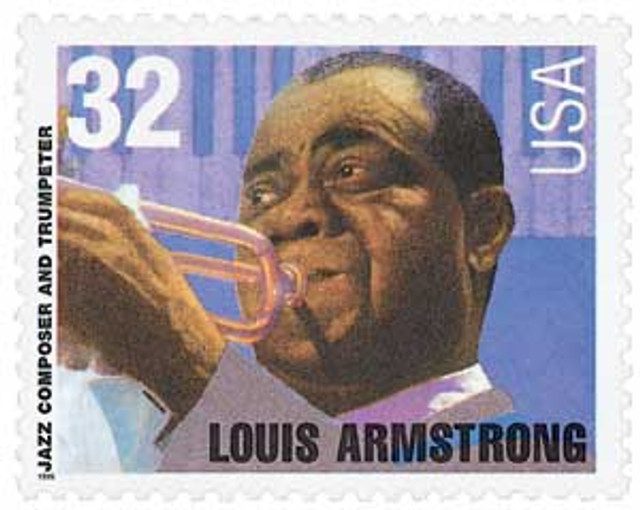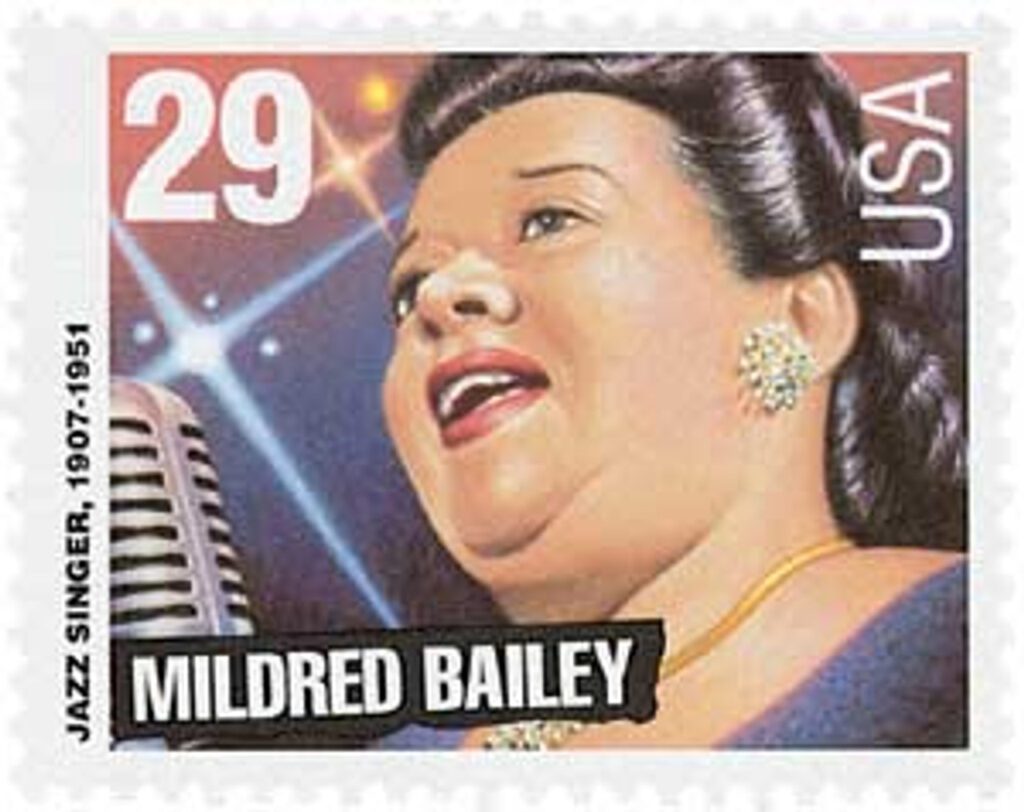On January 18, 1944, the Metropolitan Opera House in New York City hosted its first-ever jazz concert, which raised money for the war effort.
The concert was the result of a reader’s poll for Esquire magazine. Despite wartime cutbacks, the magazine was popular with GIs, and they sought to increase their popularity by running a poll. In the poll, readers could vote for their favorite artists for different instruments, as well as singers and big band leaders.
The winners were announced in the December 1943 issue of the magazine, generating increased interest. There was some controversy in part because most of the winners were larger, more famous acts, and some complained that they had ignored smaller up-and-coming artists. This helped contribute to the wider interest in the poll, though.
Esquire’s publisher then sought to take it a step further and began planning a concert that would feature all of the winners of the poll. The concert would be a benefit show for the Navy League, would sell war bonds, and help generate interest in Armed Forces Radio. Making it a patriotic show that supported the war effort, they quickly gained widespread support.
That support included the use of the Metropolitan Opera House. Opened in 1883, the Met had hosted the world’s top opera performers for decades. Never before had jazz been played within its walls before an audience, but on January 18, 1944, that would change.
The concert, later dubbed the Metropolitan Opera House Jam Session, featured solo performances and group performances from some of the day’s top jazz musicians. Participating in the concert were Louis Armstrong and Roy Eldridge on trumpet, Oscar Pettiford on bass, Barney Bigard on clarinet, Sidney Catlett on drums, Al Casey on guitar, Art Tatum and Teddy Wilson on piano, Coleman Hawkins on saxophone, Lionel Hampton on vibraphone, Jack Teagarden on trombone, Red Norvo on xylophone, and Billie Holiday and Mildred Bailey on vocals. Benny Goodman wasn’t able to be in New York for the concert but his performance was broadcast there from Hollywood. The entire show was broadcast around the globe on NBC Blue network and Armed Forces Radio.
A newspaper review of the event captured the excitement of the night. “The imposing opera house never before housed such an audience. Just picture swinging shoulders, cat-calls, squeals, screeching whistles and a rhythmic tattoo of hands while Sir Thomas Beecham was conducting, say, ‘Rigoletto.’ The surprised ghosts of Caruso and others must have rattled their bones as the sound waves of this modern music beat on their eardrums in the other world.”
In all, about 3,400 people attended the concert, raising $650,000 in war bonds sales. Similar shows were staged again in 1945 and 1946, but the 1944 show was the most famous. Years later, recordings of the concert were made available.
Click here to listen to the concert.
| FREE printable This Day in History album pages Download a PDF of today’s article. Get a binder or other supplies to create your This Day in History album. |
Click here to see what else happened on This Day in History.







